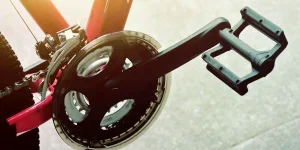Table of Contents
– Introduction
– Bicycle Pedal Market Overview
– Essential Considerations for Selecting the Ideal Bicycle Pedals
– Top Bicycle Pedal Picks for 2024
– Conclusion
Introduction
Selecting the right bicycle pedals is crucial for any cycling business looking to offer top-notch products to their customers. As a key point of contact between rider and bike, pedals play a vital role in power transfer, comfort, and overall riding experience. This comprehensive guide will help you navigate the market and choose the best bicycle pedals for your inventory in 2024.
Bicycle Pedal Market Overview
The global bicycle pedal market has witnessed steady growth in recent years, driven by the increasing popularity of cycling as a sport, leisure activity, and eco-friendly mode of transportation. In 2023, the market size was estimated at USD 1.2 billion, with a projected compound annual growth rate (CAGR) of 5.2% from 2024 to 2030.
The Asia-Pacific region currently holds the largest market share at 35%, followed by Europe at 30% and North America at 25%. Key players in the market include Shimano, Look Cycle, Crankbrothers, and Time Sport International.
Essential Considerations for Selecting the Ideal Bicycle Pedals
Pedal Type: Clipless vs Platform
One of the primary decisions when choosing bicycle pedals is whether to opt for clipless or platform pedals. Clipless pedals, despite their somewhat misleading name, actually secure the rider’s cycling shoes to the pedals via a cleat-and-pedal engagement system. This design provides a highly efficient connection, allowing for optimized power transfer from the rider’s legs to the drivetrain with each pedal stroke. The secure interface also affords greater control and stability, especially when navigating technical terrain or executing aggressive maneuvers. As such, clipless pedals are the preferred choice for competitive road cyclists and mountain bikers seeking maximum performance.
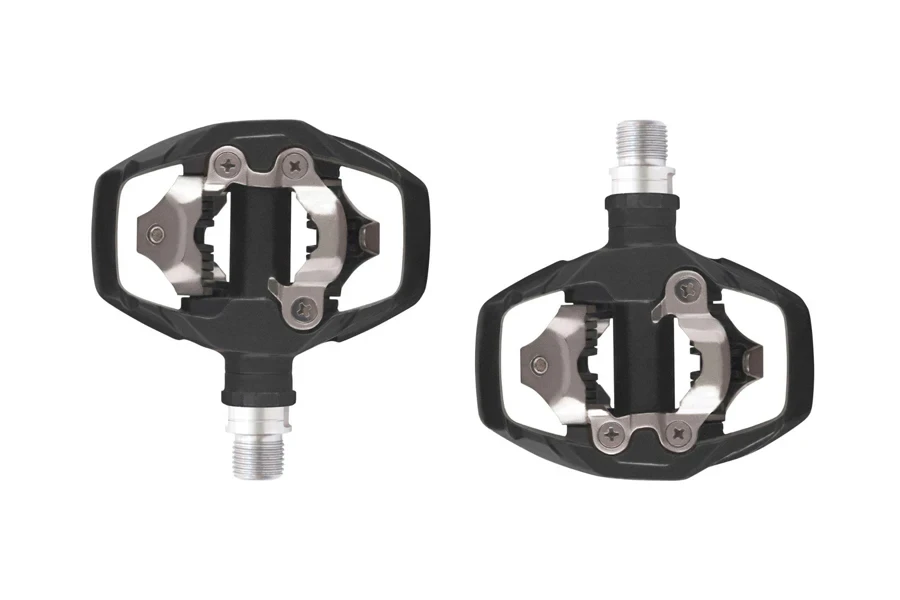
In contrast, platform pedals, also referred to as flat pedals, feature a wider surface area to support the foot without requiring specialized footwear. The ample foot space and absence of a locking mechanism make them exceptionally user-friendly and approachable for riders of all skill levels. These attributes render platform pedals particularly well-suited for urban commuting, recreational riding, and novice cyclists who prioritize the ability to rapidly disengage from the pedals when coming to a stop. The enhanced freedom of movement also benefits riders who frequently need to put a foot down to maintain balance on challenging trails.
Compatibility with Cycling Shoes
When selecting clipless pedals, it’s essential to ensure compatibility with the cycling shoes your customers will be using. Road bike pedals typically employ a three-bolt cleat system, featuring a larger, triangular cleat that protrudes from the sole and provides a wider, more stable connection to the pedal. This design is optimized for maximizing power transfer and efficiency. In contrast, mountain bike pedals utilize a two-bolt system with a smaller, recessed cleat that sits flush with the sole, allowing for easier walking and reduced cleat wear.
Some pedal brands, such as Speedplay, have engineered their own unique four-bolt cleat designs for enhanced adjustability and performance. However, shoe compatibility may be limited, as fewer models feature Speedplay-specific soles. To accommodate a diverse clientele, consider stocking a range of pedals compatible with widely-used shoe brands and cleat systems from major manufacturers like Shimano, Look, and Time.
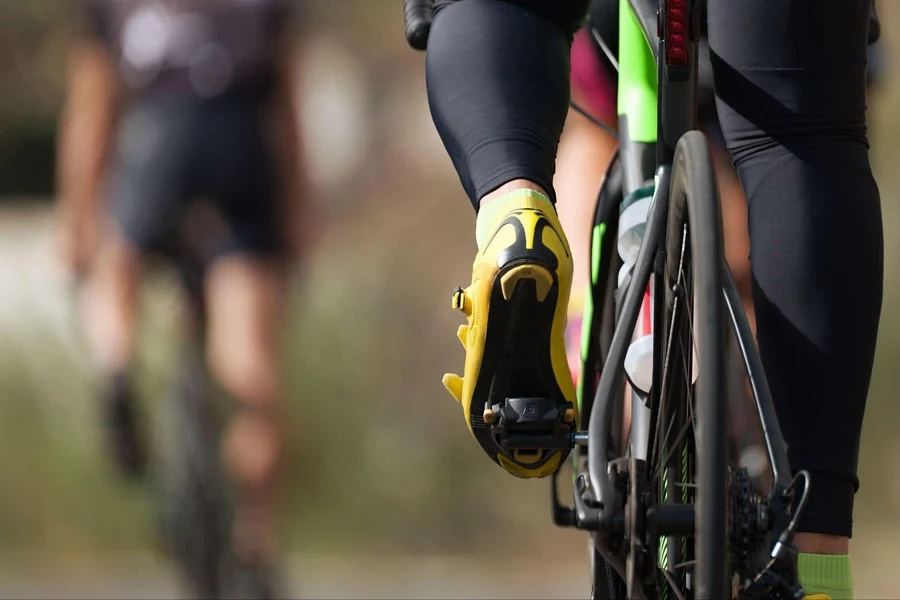
Float and Tension Adjustability
Float refers to the degree of lateral rotation allowed by the pedal-cleat interface before disengaging. Discerning cyclists often prefer pedals with adjustable floats, as it enables them to fine-tune the system to their specific biomechanics and riding style. Pedals offering a wide range of float options, such as Speedplay’s Zero series with its impressive 0-15 degrees of micro-adjustable float, cater to the diverse needs of the cycling market. Riders prioritizing comfort and knee health may opt for more float, while competitive athletes focused on maximizing power transfer often prefer a more fixed position.
Tension adjustability is another key feature that allows users to customize the force required to clip in and out of the pedals. This is particularly crucial for mountain bikers navigating technical terrain, as they may need to swiftly unclip to maintain balance or navigate obstacles. Road cyclists will also appreciate the ability to adjust release tension to their preferred level of security and ease of entry/exit. High-end pedal systems with a wide range of tension settings, such as Shimano’s Ultegra SPD-SL or Time’s ICLIC series, will appeal to riders of varying skill levels and riding disciplines.
Pedal Material and Durability
Bicycle pedals are subjected to significant stress and wear, making durability a key consideration for discerning customers. High-end pedals often feature carbon fiber bodies, which offer an exceptional strength-to-weight ratio, ensuring long-lasting performance and minimal weight penalties. Carbon fiber’s inherent vibration damping properties also contribute to a more comfortable ride.
For more budget-conscious consumers, aluminum and composite pedals provide a robust and cost-effective alternative. While they may not match carbon’s weight savings, these materials still deliver reliable performance and durability. Regardless of the material chosen, the use of sealed bearings and high-quality bushings is essential for maximizing a pedal’s longevity and ensuring smooth rotation under demanding conditions.
Sealed bearings protect against the ingress of dirt and moisture, significantly extending the pedal’s lifespan. DU bushings, when properly implemented, can withstand greater loads than similarly sized bearings, making them an ideal choice for pedals subjected to high-impact forces.
To further enhance value for your customers, consider offering pedals with replaceable parts, such as cleats and pins. This modular design allows for easy servicing and customization, enabling riders to adapt their pedals to their specific needs and riding style.
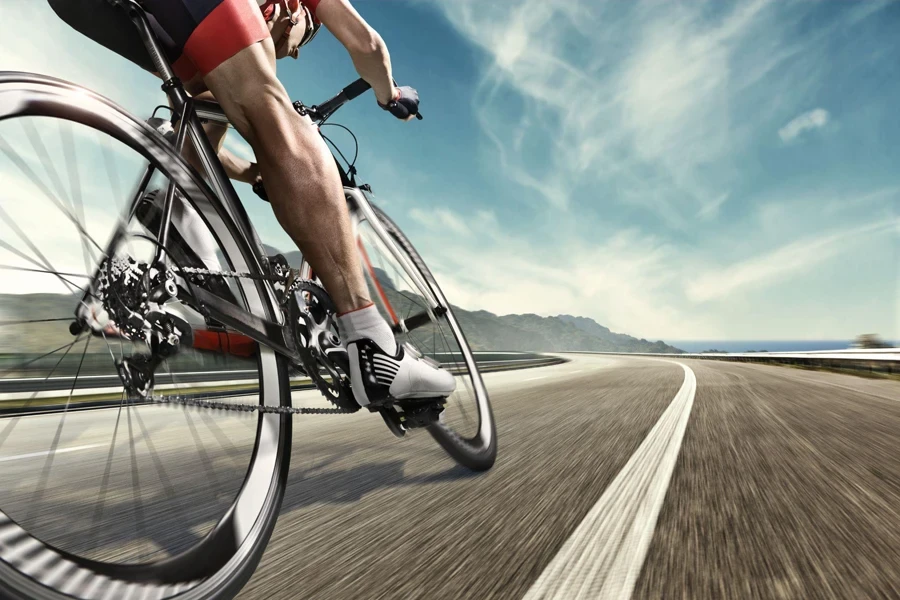
Pedal Size and Weight
The size of the pedal platform plays a crucial role in foot support and stability. Larger platform pedals offer an expansive surface area for the foot, enhancing comfort and control, particularly for mountain biking where riders frequently encounter uneven terrain and technical obstacles. The increased contact patch between shoe and pedal allows for more efficient power transfer and reduces the likelihood of the foot slipping off the pedal during aggressive maneuvers. However, it’s important to note that excessively large pedals may introduce undesirable trade-offs, such as increased weight and a higher propensity for rock strikes, which can damage the pedal body and disrupt the rider’s momentum.
Weight is a significant factor for performance-oriented cyclists seeking every possible advantage on the trail or road. Lightweight pedals, often featuring advanced materials such as carbon fiber composite bodies and titanium axles, can contribute to a reduction in overall bike weight. These premium materials offer an impressive strength-to-weight ratio, ensuring durability without compromising on performance. However, it’s crucial to recognize that these cutting-edge, weight-saving components come at a premium price point, which may not be justifiable for all riders.
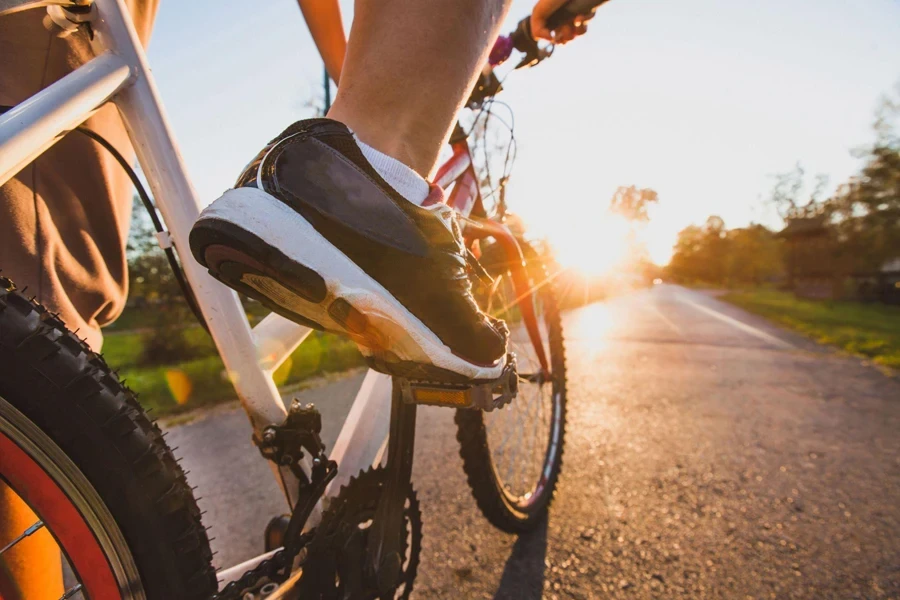
Top Bicycle Pedal Picks for 2024
When selecting bicycle pedals to stock for your customers, it’s essential to consider the specific needs of different riding disciplines and the key features that set certain pedals apart. Here are some top picks for 2024 that cater to various cycling segments, along with their standout characteristics:
For road cyclists seeking exceptional performance and reliability, the Shimano Ultegra PD-R8000 pedals are a top choice. These pedals feature a wide carbon composite body and a durable stainless steel wear plate, providing a stable and efficient platform for power transfer. The adjustable cleat tension and three-degree float options allow riders to customize their pedal setup according to their preferences. Business buyers should consider stocking these pedals for their road cycling clientele who prioritize performance and adjustability.
Mountain bikers often face challenging terrain and muddy conditions, making the Crankbrothers Eggbeater 3 pedals an excellent option. These pedals boast a minimalist design that excels at shedding mud and debris, ensuring consistent engagement and release even in the toughest conditions. The four-sided entry makes clipping in quick and easy, while the 6-degree float and customizable release angle accommodate various riding styles. With a durable stainless steel body and chromoly spindle, the Eggbeater 3 pedals can withstand the rigors of off-road riding. Consider offering these pedals to customers who frequently ride in muddy or technical terrain.
For road warriors seeking a lightweight and performance-oriented option, the Look Keo 2 Max Carbon pedals are an excellent choice. These pedals feature an oversized carbon body that provides a wide and stable platform for efficient power transfer. The adjustable tension and float settings allow riders to fine-tune their pedal setup for optimal comfort and performance. The chromoly axle and sealed bearings ensure smooth rotation and long-lasting durability. Business buyers should consider stocking these pedals for customers who prioritize weight savings and adjustability.
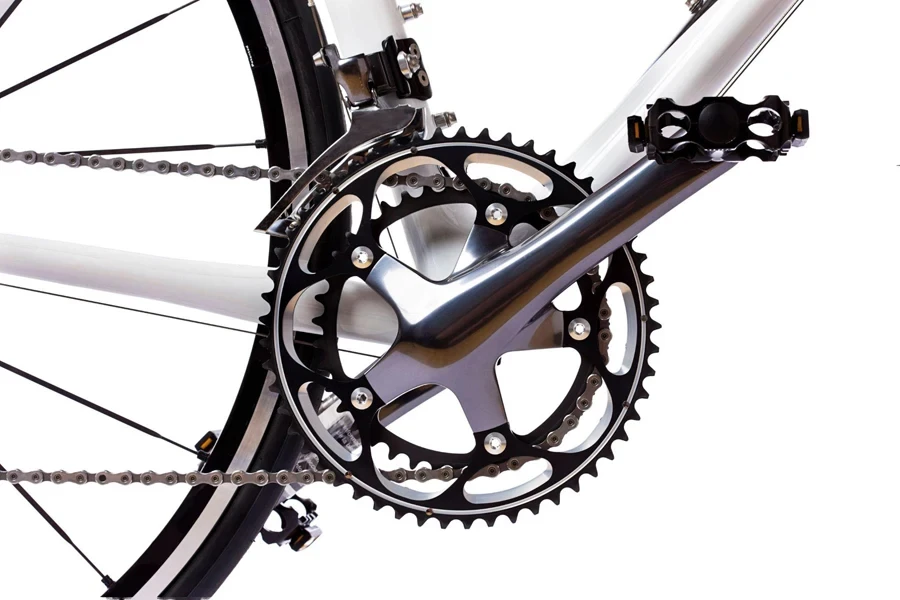
For mountain bikers and gravel riders seeking versatility and reliability, Shimano’s XT PD-M8100 pedals are a top pick. These pedals feature a wide aluminum body that offers excellent support and stability, even on rough terrain. The double-sided entry makes clipping in and out quick and easy, while the adjustable cleat tension allows riders to customize the pedal’s hold. The mud-shedding design ensures consistent performance in various off-road conditions. Consider offering these pedals to customers who engage in a mix of off-road disciplines and value durability and ease of use.
Conclusion
Choosing the best bicycle pedals for your business requires careful consideration of factors such as pedal type, compatibility, adjustability, durability, and weight. By understanding your target customers’ needs and preferences, you can select pedals that will enhance their riding experience and drive sales. The top picks for 2024 showcase the latest advancements in pedal technology and cater to a range of cycling disciplines, ensuring that you can offer the best options to your customers.
Don’t forget to click the “Subscribe” button to stay updated with more articles that align with your business needs and interests on the Alibaba Reads sports blog.
